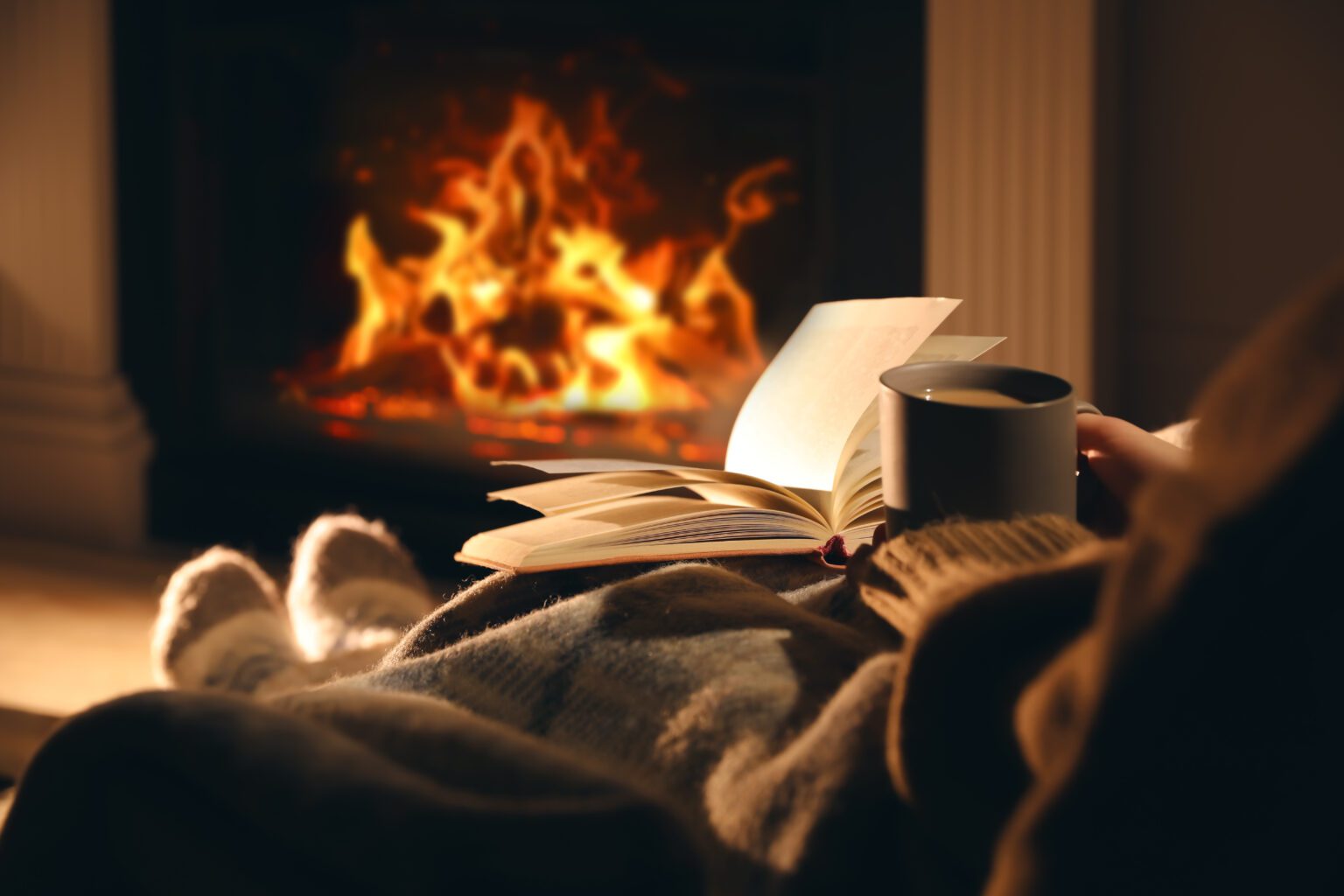Autumn brings not only golden leaves and cooler temperatures, but also specific hazards related to fire safety and home security.
Why does the fire risk increase in autumn?
As temperatures drop, people start to put their heating systems back into operation and the use of fireplaces and candles increases. According to statistics from the Federal Office of Civil Protection and Disaster Assistance, the number of fires in residential buildings increases by about 20% in autumn.
How dangerous is carbon monoxide?
Carbon monoxide (CO) is a colourless and odourless gas produced when fossil fuels are burned. Without sufficient ventilation, CO can reach lethal concentrations. According to the German Association of Energy and Water Industries (BDEW), there are about 400 cases of carbon monoxide poisoning in Germany every year, many of which are fatal.
What should you consider for the heating?
It is crucial to maintain and check heating systems regularly. An undetected leak or defective heating system can not only cause a fire, but also release carbon monoxide. Furthermore, a study by the German Fire Brigades Association shows that around 30% of fires in Germany are caused by technical defects, with heating systems playing a significant role.
How can fireplaces become a hazard?
Fireplaces are a popular source of heat in autumn. But if the chimney is not cleaned regularly, soot and other flammable materials can accumulate, posing a fire risk. According to the Federal Association of Chimney Sweeps (Bundesverband des Schornsteinfegerhandwerks), about 6,000 households in Germany suffer fires directly related to fireplaces every year.
What measures can increase security?
It is advisable to install smoke and carbon monoxide detectors and check them regularly. The German Red Cross recommends checking the detectors at least once a year, preferably before the start of the heating season. In addition, one should consider an annual inspection and cleaning of the heating systems and chimneys by professionals.
